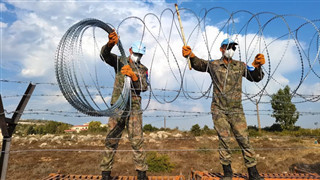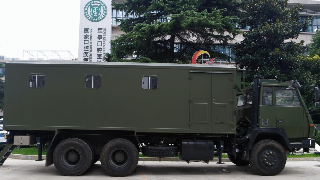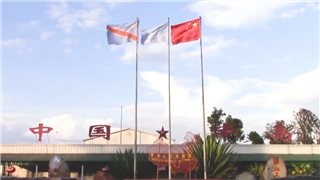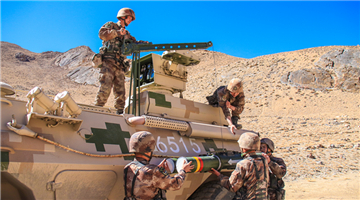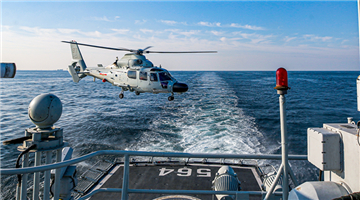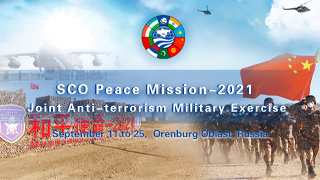
File photo of Gu Songfen. [Photo provided to chinadaily.com.cn]
Gu Songfen has had a photo on his office desk for many years. The photo, taken in 1958, shows Chairman Mao Zedong holding a model of the Shenyang JJ-1, the first jet aircraft designed in China, and examining it closely.
The renowned aircraft designer, who won the State Preeminent Science and Technology Award on Wednesday, is the only person in the country's aviation industry to be a member of both the Chinese Academy of Sciences and the Chinese Academy of Engineering.
He pioneered the aerodynamic design of aircraft, which advanced the development of a number of major jet fighters, including the Nanchang CJ-6, a basic trainer aircraft, and the Shenyang J-8, high-speed, high-altitude single-seat interceptor. These aircraft greatly improved China's air-defense capabilities, and also laid the cornerstone of the nation's aviation industry.
Gu's aviation achievements started with the JJ-1. In 1956, China's first aircraft design office was established in Shenyang, Liaoning province, and its first task was to develop the country's first homegrown jet aircraft. Gu was appointed as head of the aerodynamics team.
Zhao Xia, an aircraft designer at the AVIC Shenyang Aircraft Design and Research Institute, said aerodynamics is the "soul" of aircraft design. The study of the way objects move through the air must not only ensure sure that an aircraft can fly efficiently and carry weapons, but also guarantee stable and safe operation of the engine, she said.
However, in the 1950s, the country had no aviation experience, equipment or wind tunnels. When Gu heard that the library at Beihang University in Beijing had the relevant foreign literature, he headed to the capital, borrowed a bike and visited the library every day for a week to transcribe all the information.
Using that literature as a general reference guide, Gu managed to gradually undertake the relevant research, and on July 26, 1958, after two years of development, the JJ-1 made its maiden flight from a facility in Shenyang.
Wartime ambitions
Gu's ambitions for an aviation career were rooted in his wartime experiences.
In 1930, he was born into a well-educated family in Suzhou, Jiangsu province, but the family moved to Beijing in 1935, after his father was transferred to work in the city.
In 1937, the July 7 Incident marked the start of Japan's full-scale invasion of China. The sounds of aerial bombardment are deeply rooted in Gu's childhood memories.
"It was at that time I realized that without aviation, our country would still be vulnerable in the future. I wanted to build aircraft when I grew up," he said.
After the Shenyang JJ-1, a trainer jet, Gu worked on the development of the Shenyang J-8. The plane made its maiden test flight in 1969, but encountered serious vibration problems during subsequent tests. The pilot described flying it as being like "a broken bus driving along an uneven road".
To identify the cause of the vibrations, Gu volunteered to observe the aircraft in flight himself.
"We didn't have a camera, so it could only be done by a person," he said. He glued skeins of knitting wool to the J-8's rear fuselage and tail wing to observe their flow during flight.
However, Gu had already promised his wife that he would not fly again after Huang Zhiqian, his brother-in-law and chief designer of the J-8, died in a 1965 plane crash during a mission overseas.
So, without his wife's knowledge, Gu boarded a jet trainer three times to observe the problems with the J-8. So he could get a clear view of the way the wool was disturbed, the two planes had to fly just 5 meters apart, which posed a great risk for Gu and his pilot.
In 1980, a development program for the J-8II was launched. This second generation of the J-8 was required to provide a much higher level of performance, and Gu was appointed as its chief designer. In four years, he led the team to achieve the maiden flight of the J-8II, which was recognized as the most advanced jet fighter used by the People's Liberation Army Air Force at the time.
The plane served as the Chinese military's main combat aircraft in the 20th century. The model's successful development marked the construction of a complete aviation industry system in China, and Gu was officially hailed as a "master of aircraft design" and "the country's pioneer of aircraft aerodynamic design".
Today, despite being in his 90s, he still shows up in his office at AVIC on work days. He said closely following the progress of today's aviation is what brings him the most enjoyment, and he hopes the younger generation will make a great contribution to the nation's aviation industry.

